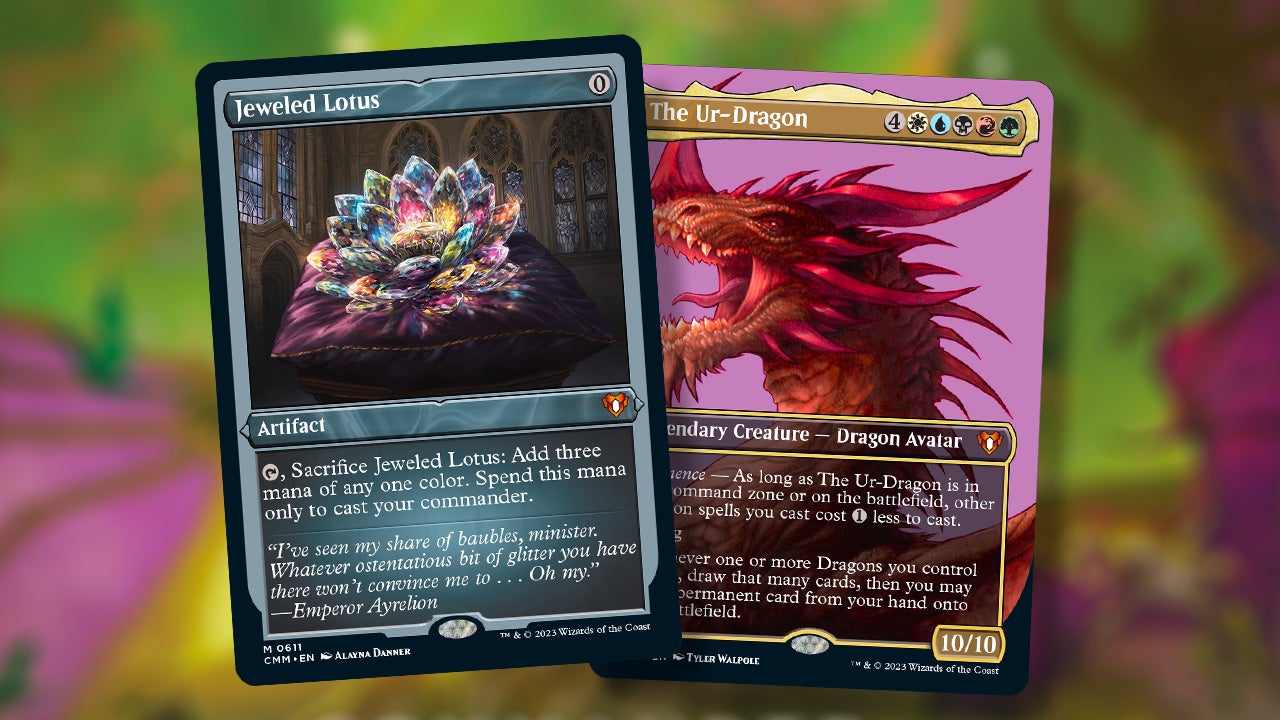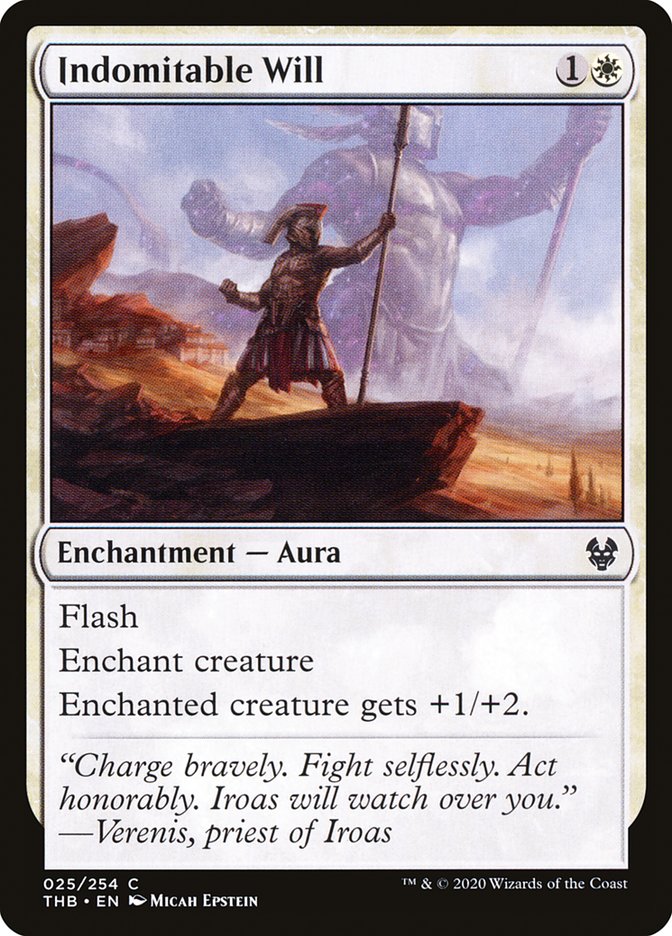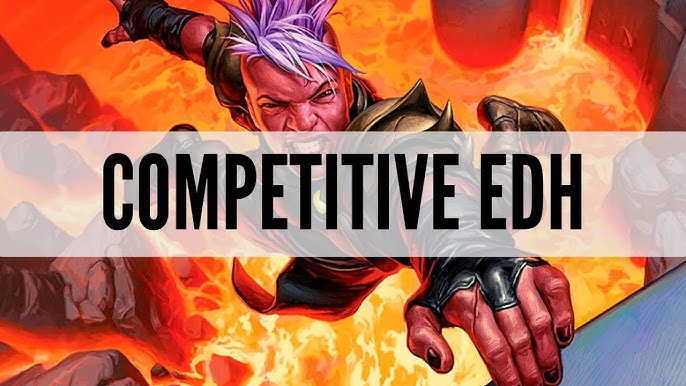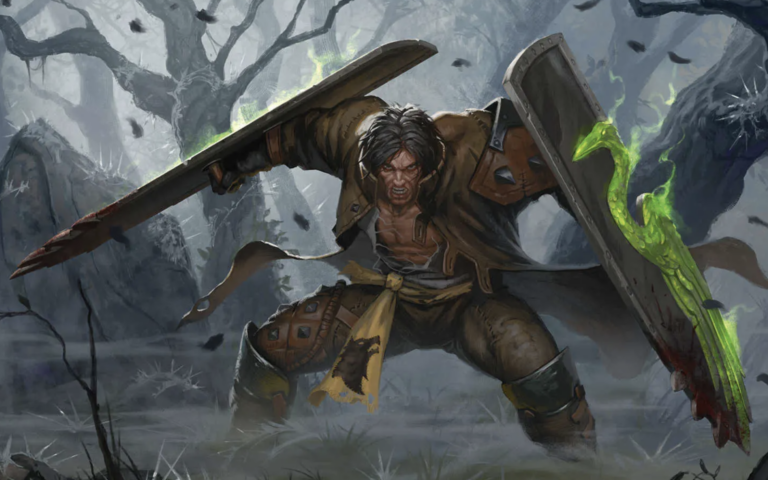What Makes MTG Commander Different From Other Formats
Magic: The Gathering is a popular collectible card game that has captured the hearts of millions of players around the world. With its rich lore, strategic gameplay, and vast card pool, Magic offers a variety of formats for players to enjoy. One such format that has gained immense popularity is Commander. In this article, we will delve into what Magic: The Gathering Commander is all about and explore how it differs from other formats.
Reasons Why MTG Commander Is Different From The Rest
Magic: The Gathering or MTG Commander, also known as Elder Dragon Highlander (EDH), is a multiplayer format where each player starts with a deck consisting of 100 cards, including a legendary creature as their commander. The goal of the game is to reduce your opponents’ life total to zero, but Commander introduces unique rules and deck construction restrictions that make the format distinct from others.
Deck Construction Rules
In Commander, players must adhere to specific deck construction rules, including:
- Each deck must contain exactly 100 cards, including the commander.
- Except for basic lands, players cannot include more than one copy of each card in their deck.
These rules encourage diversity and ensure that no two decks are the same.
Singleton Format
The Singleton format is a defining characteristic of Commander. It means that players can only include one copy of each non-basic land card in their deck. This creates a dynamic gameplay experience, where players are forced to think strategically and make the most out of their limited resources. The Singleton format adds an element of surprise and unpredictability to each game.
Commander Selection
The commander serves as the focal point of the deck and influences the entire gameplay. Players choose a legendary creature card to be their commander, and it starts the game in a special zone called the command zone. Key points regarding commander selection include:
- Players can cast their commander from the command zone.
- If the commander is removed from the battlefield, it can be sent back to the command zone instead of the graveyard.
- The commander determines the color identity of the deck, restricting the inclusion of cards to match the commander’s color identity.
Unique Deckbuilding Restrictions
Commander introduces additional deckbuilding restrictions, such as:
- The deck must consist of cards that fall within the color identity of the commander.
- For example, if the commander is a red and green creature, the deck can only contain cards that are red, green, or both.
These restrictions encourage players to explore different color combinations and build decks that synergize well with their commander’s abilities.
Increased Deck Size
Compared to other Magic formats, Commander decks have an increased deck size of 100 cards. This larger deck size allows for more variety and increases the likelihood of drawing unique cards during a game. It also necessitates careful deck construction to ensure a balanced mix of spells, creatures, and other necessary components.
Multiplayer Gameplay
Unlike traditional Magic formats that often involve one-on-one battles, Commander is primarily a multiplayer format. It is commonly played with four players, but it can accommodate more or fewer players as well. The multiplayer aspect adds a social dynamic to the game, as players form alliances, forge temporary truces, and engage in diplomacy to gain an advantage over their opponents.
Social Contract and Politics
Commander is not just about the cards on the table; it is also about building relationships and fostering a positive play experience. The format emphasizes the importance of the social contract, where players agree to certain unwritten rules and expectations. Some key aspects of the social contract and politics in Commander include:
- Negotiation, persuasion, and forming alliances become crucial elements of gameplay.
- Players engage in diplomacy to gain an advantage.
- Social dynamics and interactions between players make each game memorable and engaging.
Expanded Card Pool
Commander allows players to utilize cards from Magic’s extensive history. With a vast card pool spanning numerous sets and expansions, players have access to an abundance of powerful and iconic cards. This provides an opportunity for creativity and deck customization, allowing players to express their individuality and personal playstyle.
Casual and Competitive Play
Commander caters to a wide range of players, from casual enthusiasts to competitive gamers. The format offers a flexible environment where players can enjoy:
- Casual and relaxed games with friends
- Participation in more competitive settings, such as tournaments and organized events
Commander’s versatility makes it appealing to players of all skill levels and provides an avenue for continuous growth and improvement.
Conclusion
Magic: The Gathering Commander is a captivating format that offers a unique and rewarding gameplay experience. With its deck construction rules, singleton format, commander selection, expanded card pool, multiplayer dynamics, and emphasis on social interaction, Commander stands out as a format that fosters creativity, strategic thinking, and memorable moments. Whether you’re a seasoned Magic player or a newcomer to the game, Commander invites you to explore a world of endless possibilities.







